Jjukkumiwa Maeungalbijjim(쭈꾸미와매운갈비찜)
1.0Km 2021-04-15
25-1, Mareunnae-ro, 2-gil, Jung-gu, Seoul
+82-2-2266-3208
The favorite store of office workers. The representative menu is braised short rib set menu. This Korean cuisine is located near Chungmuro Station, Seoul.
A Moment in Time - Live Caricature & Gallery (시간을 담다)
1.0Km 2021-03-25
20-1, Samil-daero 8-gil, Jung-gu, Seoul
+82-10-8895-3368
A Moment in Time adds in aspects of Korean traditions, customs, and landmarks like hanbok, Gwanghwamun Gate, and Korean mystical animals into caricature artworks, serving as an excellent souvenir for both locals and travelers. The gallery also offers hands-on programs like coloring caricature and traditional folk art. In addition, original design products from A Moment in Time are also available, making great gifts.
Hanu Samgyeop (한우삼겹)
1.0Km 2021-03-24
31, Myeongdong, 4-gil, Jung-gu, Seoul
+82-2-318-0028
You can enjoy freshly aged meat. This restaurant's signature menu is grilled pork belly. This Korean dishes restaurant is located in Jung-gu, Seoul.
ABC-Mart - Myeong-dong 3(sam)beon-ga [Tax Refund Shop] (ABC마트 ST명동3번가)
1.0Km 2024-04-17
41, Myeongdong 10-gil, Jung-gu, Seoul
-
Cheongwonsanbang Studio (청원산방)
1.0Km 2019-10-02
27, Bukchon-ro 6-gil, Jongno-gu, Seoul
+82-2-715-3342
Located in Samcheong-dong and established in 1981, Cheongwonsanbang Studio is an art studio by Sim Yong-sik (Intangible Cultural Property designated by City of Seoul). He works on various traditional windows and doors with his students, promoting them in Korea and other countries. Doors and windows with beautiful patterns are all over the place in this studio: doors that can hang against a wall, windows decorated with cherry blossoms, comb-patterned windows and so many more. Visitors can also enjoy beautiful crafts in various exhibition events.
Café de paris (카페드파리)
1.0Km 2021-03-30
40, Myeongdong 10-gil, Jung-gu, Seoul
+82-2-755-9646
A place where you can enjoy various Western dishes. This restaurant's signature menu is pane pasta. This Western dishes restaurant is located in Jung-gu, Seoul.
Etude House - Myeong-dong No.1 Branch (에뛰드하우스 (명동1호점))
1.0Km 2020-05-11
35-1, Myeongdong 8-gil, Jung-gu, Seoul
+82-2-753-3771
Etude House has five branch stores in Myeong-dong. It focuses on trendy cosmetic products. Its first floor boasts over 760 individual items while the second floor consists of the Dollhouse Gallery and the attic in which the entertainment star, Song Hye Gyo shot a commercial.
Seoul Cathedral Anglican Church or Korea (대한성공회 서울주교좌성당)
1.0Km 2020-03-30
15, Sejong-daero 21-gil, Jung-gu, Seoul
+82-2-730-6611
Seoul Cathedral Anglican Church of Korea began
construction under Mark Trollope, the third bishop of the Anglican Church of Korea, in 1922. It was designed by a English architect Arthor Dixon. Dedication ceremony of the church was held On May 2, 1926 when the construction work hadn't been completed yet. At that time, the church building was a 3-storey building with
a 992 m² floor size. Later in 1993, the original blue print of the church was found at a library in England and the construction resumed
and would be completed in 1996.
The church building is a harmonious combination of Romanesque and traditional Korean style. The exterior of the church is shaped like a cross with various lines placed in harmony. Inside the cathedral, there are 12 stone columns symbolizing the 12 apostles, a
mosaic of Jesus on the front wall, and a brass plate in commemoration of Mark Trollope. Under the brass plate, the
remains of the bishop Mark Trollope are enshrined.
* Size: B1-3F
* Building site area: 519㎡ (157 pyeong), Ground area 909㎡ (275 pyeong)
Banila CO. - Myeong-dong Branch [Tax Refund Shop] (바닐라코 명동점)
1.0Km 2024-04-22
38, Myeongdong 8-gil, Jung-gu, Seoul
-
ITALASIAN (이딸라시안)
1.0Km 2021-08-09
91, Saemunan-ro, Jongno-gu, Seoul
+82-2-733-2272
It is a restaurant known for its large servings. This restaurant's signature menu is spaghetti. This Korean dishes restaurant is located in Jongno-gu, Seoul.
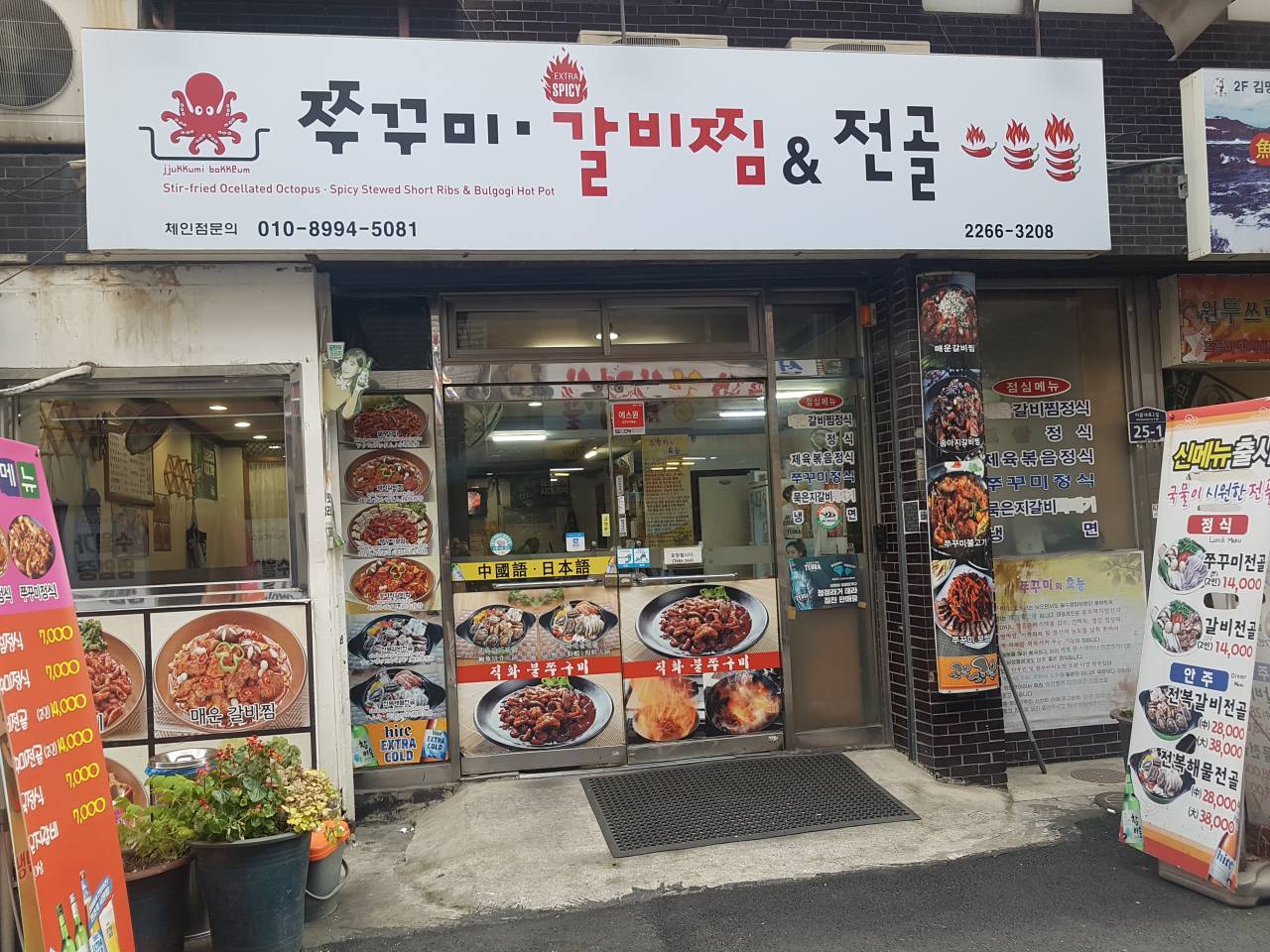
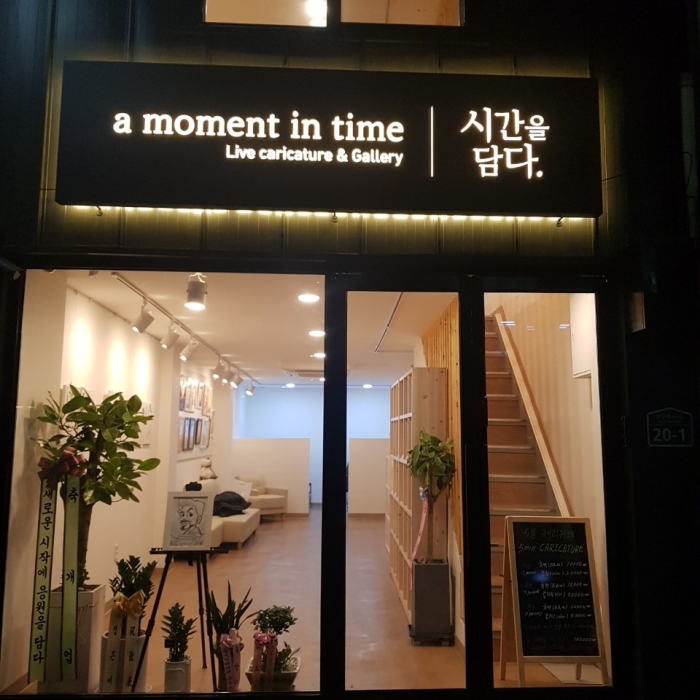
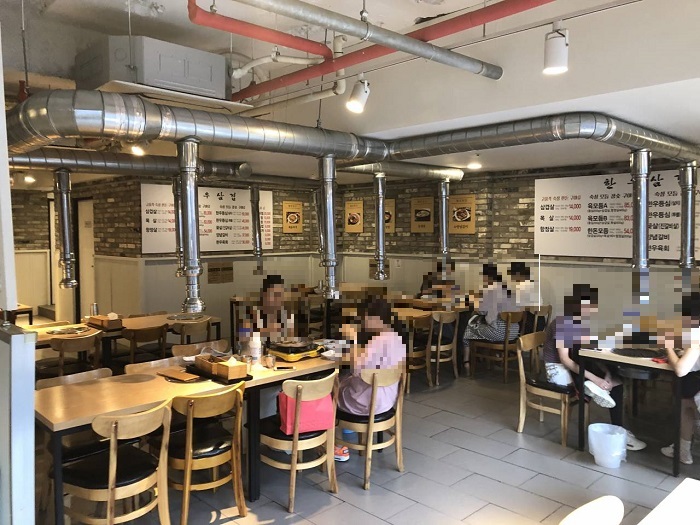
![ABC-Mart - Myeong-dong 3(sam)beon-ga [Tax Refund Shop] (ABC마트 ST명동3번가)](http://tong.visitkorea.or.kr/cms/resource/50/2878650_image2_1.jpg)
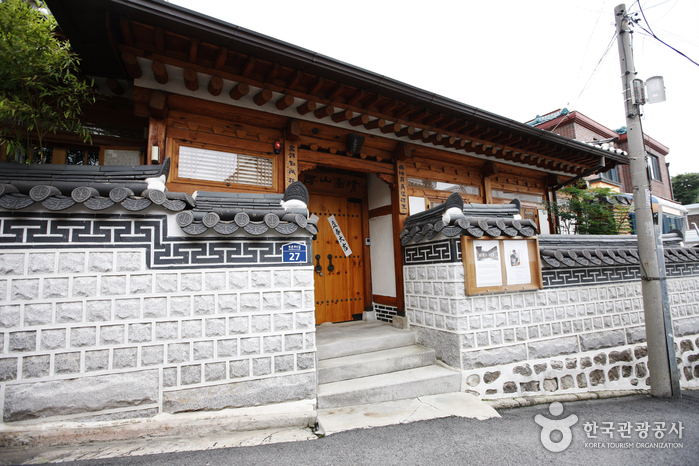
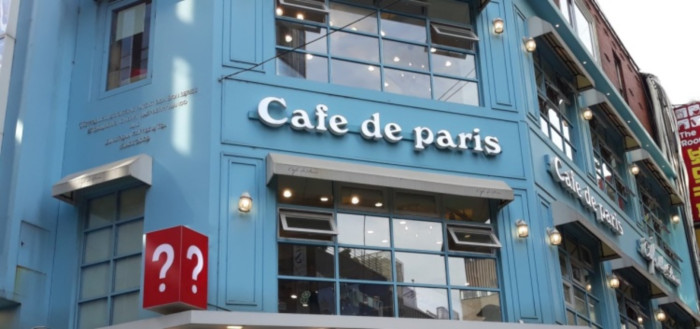
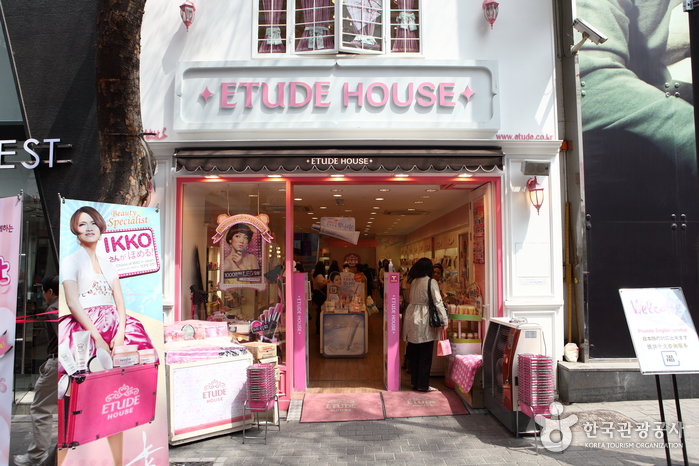
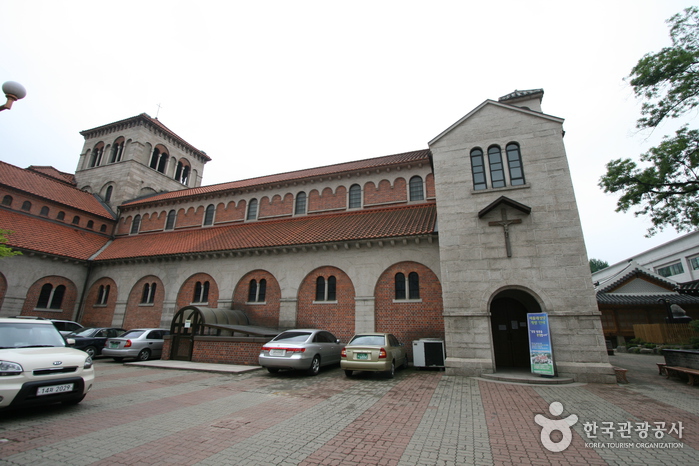


 English
English
 한국어
한국어 日本語
日本語 中文(简体)
中文(简体) Deutsch
Deutsch Français
Français Español
Español Русский
Русский